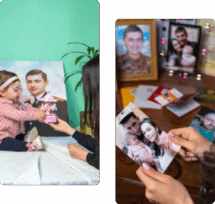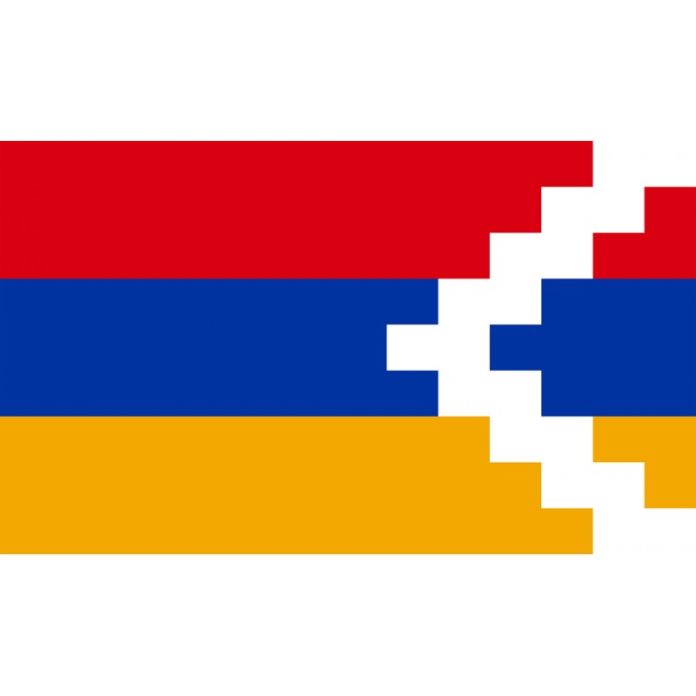By Dr. Vahagn Vardanyan
Preface by Dr. Arshavir Gundjian
Ever since the declaration of the independence of Armenia in 1991, the recovery of historically Armenian lands of Karabakh, otherwise known as Artsakh, by its Armenian owners has been at the center of preoccupation of all Armenians and most particularly Armenians in Artsakh and the Republic of Armenia.
The latest calamity of the war of Artsakh has undeniably had dramatic consequences, potentially threatening now the very existence of Armenian statehood.
The article below is a reminder of recorded legal facts that have a central and crucial importance in repositioning the entire Artsakh issue discourse on the international political landscape. Armenian and Artsakh diplomacy have missed this far the opportunity to make prevail within the international community the fundamental fact that Artsakh has actually legally already been a sovereign country since December 10, 1991.
Consequently in total contradiction to how the Azerbaijani-Turkish propaganda machine has succeeded in presenting the Artsakh war as Azerbaijan’s “justified liberation” of its lands from separatist Armenian fighters, this article emphasizes and reminds readers of the powerful and legally defensible thesis that the reality is quite the contrary. In fact, during this last war, it was the already legally sovereign country of Artsakh that was the subject of aggression and occupation by Azerbaijan. Therefore, Artsakh is the side which is legally entitled to recuperate all of its lost lands (notice that this includes all regions) and to receive compensation for its material and human losses.








